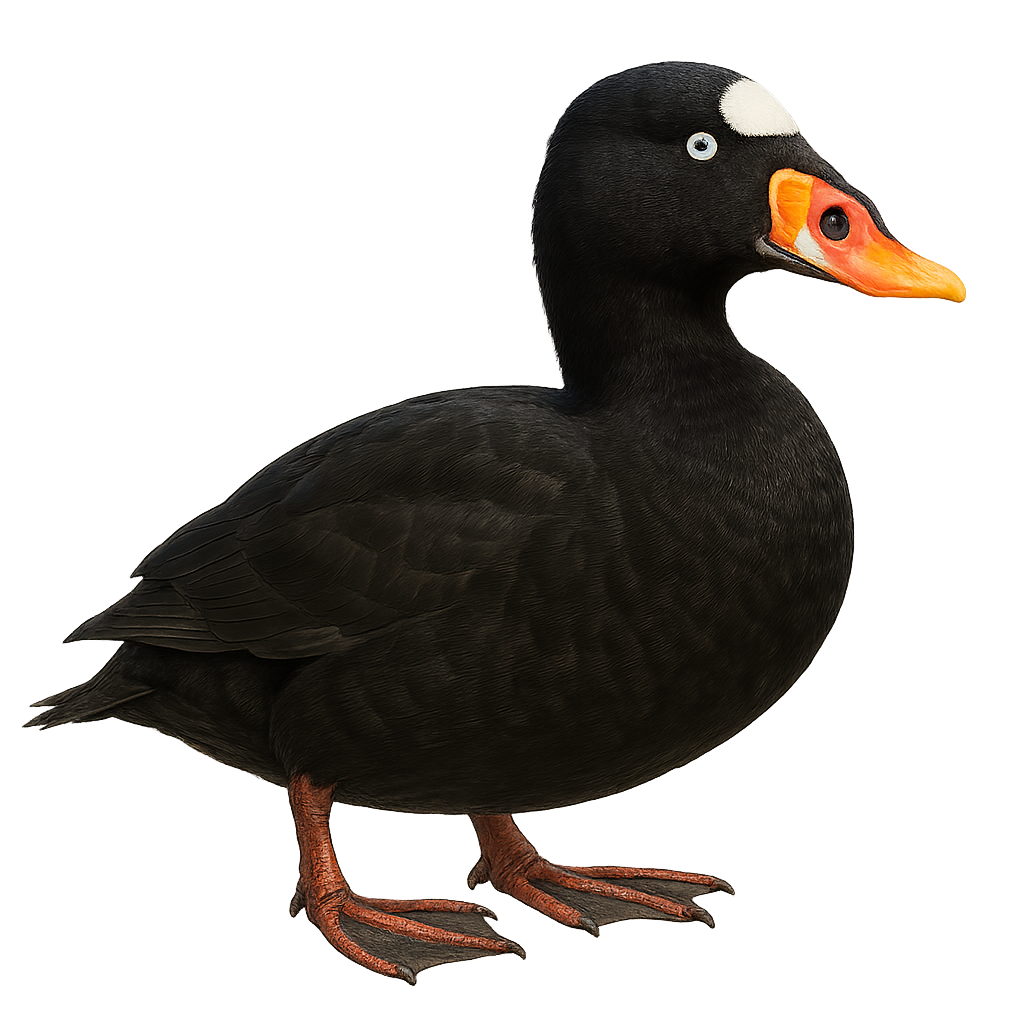Your wildlife photography guide.
Explore the surf scoter in detail, study its behavior, prepare your shots.
Where to observe and photograph the surf scoter in the wild
Learn where and when to spot the surf scoter in the wild, how to identify the species based on distinctive features, and what natural environments it inhabits. The WildlifePhotographer app offers tailored photography tips that reflect the surf scoter’s behavior, helping you capture better wildlife images. Explore the full species profile for key information including description, habitat, active periods, and approach techniques.
Surf Scoter
Scientific name: Melanitta perspicillata

IUCN Status: Least Concern
Family: ANATIDAE
Group: Birds
Sensitivity to human approach: Suspicious
Minimum approach distance: 30 m
Courtship display: May to July
Incubation: 27-31 jours
Hatchings: June to August
Habitat:
Coasts, estuaries, lakes
Activity period :
Primarily active during the day, with peak activity in the morning and late afternoon.
Identification and description:
The Surf Scoter, Melanitta perspicillata, is a medium-sized diving duck, easily identifiable by its black plumage and distinctive white forehead in males. Females have a more subdued brown plumage. This duck primarily feeds on mollusks, crustaceans, and small fish, which it captures by diving underwater. It is mainly found along the North American coasts but migrates southward in winter. The Surf Scoter is often seen in large flocks, making it a spectacular sight in flight. Although relatively common, it is sometimes threatened by marine pollution and habitat loss.
Recommended lens:
400mm – adjust based on distance, desired framing (portrait or habitat), and approach conditions.
Photography tips:
To photograph the Surf Scoter, it is advisable to use a telephoto lens of at least 400mm to capture precise details without disturbing the bird. Look for flocks along coasts or in estuaries, especially in winter. Morning or afternoon light is ideal to avoid glare on the water. Be patient and wait for the birds to come closer or settle for more intimate shots.
The WildlifePhotographer App is coming soon!
Be the first to explore the best nature spots, track rutting seasons, log your observations, and observe more wildlife.
Already 1 439 wildlife lovers subscribed worldwide

